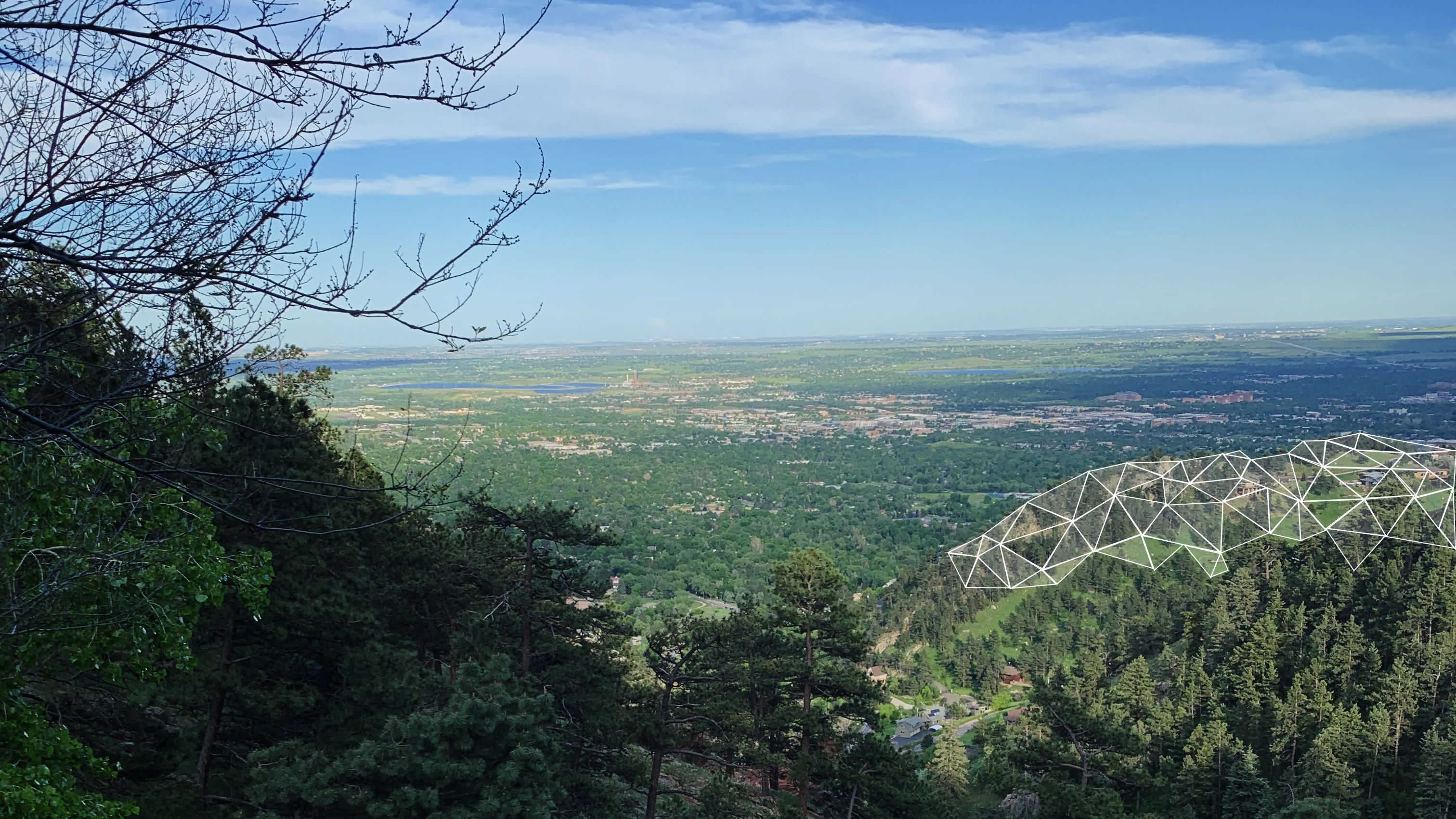As the aerospace industry has new private competitors, NASA maintains the largest store of information relevant to the industry. With the most experience in missions to space and the largest infrastructure of researchers in the world, NASA contains a wealth of knowledge unmatched.
The NTRS Database is where NASA stores all of the research articles and declassified reports from their missions and researchers all over the world, totaling over . Each article is classified by a Technology Area Breakdown Structure (TABS) based on the Technology Roadmaps document that was updated again this year. Each TABS has a Technology Readiness Level (TRL) associated with it that is a number between 1-7, with level one being a concept and level seven being ready for mission infusion.

NASA is planning missions to the moon and to Mars, but these mission plans take years to execute and the teams are focused on mitigating risk in the schedule, as well as for the safety of the personnel and the integrity of the spacecraft. With new research coming out almost every day it is a challenge for the teams to keep up with the latest research regarding system relationships, methodology, components, materials, & most importantly TRL.
The NASA Project Managers are forced to design mission plans that will be executed over a period of time that reaches almost ten years. This means that there are technologies that have a low TRL today but may be ready for use in the mission a few years down the line. In order to keep track of the status of each component of their mission, they break the project up into systems and subsystems. Engineers then take time to read through countless documents in the NTRS Database and gather the information regarding the best methods and construction for each subsystem and find its TRL.
The primary goal of an engineer is not to go quickly, but rather to be complete and accurate. Engineers face challenges where researchers may publish a document with pertinent information for an engineer's research for a subsystem, but the document is tagged with a different TABS so the engineer will never see it. Currently the NTRS Database can be searched using phrases and keywords, but this is not enough to bring forward all of the relevant documents.
There are many companies that have the same issue as NASA. They have a large quantity of text based data and they want to be able to classify their data based on topics they invent.
See what the Bintel Team did as part of the EUREKA Project to help the NASA Team get better access to their data!


